When people think about Customer Education, they may envision a series of tutorials or manuals aimed at teaching customers how to use a product. Isn’t it high time we redefine our perspective?
Customer Education is a dynamic process that empowers users with the knowledge and skills not only to navigate the features of a product but also to explore complex topics related to the industry and solve day-by-day challenges – which is, in the end, what learning is all about in the end.
Even though businesses have not always recognized the importance of this function, things are changing as an undeniable truth is always more and more clear: customer success doesn’t depend only on the quality of the product, but also on the added value the customer experience is able to provide.
As we said before, Customer Education may have been overlooked, but today’s businesses understand its strategic importance. To ensure this, we must leave behind the idea that customers are just customers, and embrace a new definition – one that focuses more on the “education” part of Customer Education.
In the past, both in B2B and B2C markets, the spotlight was often solely on making sales after sales, and the customer was seen as a mere transactional entity. In particular, it was common to provide basic support for everyone, neglecting the diverse and dynamic needs of the customers.
In the end, this traditional model places emphasis on the transaction, potentially overlooking opportunities to nurture a long-term relationship and support the customer’s evolving needs beyond the point of sale.
Focusing on the transactional part of the sales only could leave customers in the dark about how to get the most out of your product, leading to dissatisfaction and low return on investment.
Thus, customers might ditch your product and check out what the competition has to offer, meaning you don’t only lose a customer and the revenue related to the deal, but also all the time and money we spent to get them on board.
That’s why Customer Education is not just about one sale; it’s about the potential for long-term growth and keeping users and potential users engaged and informed.
In 2023, we can all agree that treating the customer as a mere transactional entity is no longer sufficient.
Customers buy products and services based on their needs, and we have to make sure that those needs are met. The outdated seller-customer model, where the customer takes a back seat as the focus remains predominantly on the sale, is no longer valid in an era that prioritizes personalization and uniqueness.
But how can we make sure that customers’ needs are met? We now have to recognize the customer as a learner, an individual with unique learning needs and preferences.
Think about it: your customers are – in fact – learners! It might sound trivial to say, but it’s something that’s too often overlooked.
Customers start their learning journey way before becoming a customer: they learn about the brand and the product, and their decision to make a purchase takes into account the knowledge they acquired. Then they continue their learning journey after the purchase: from Customer Education initiatives to one’s personal use of the product.
This new way of thinking about the customer highlights the importance of acknowledging and addressing specific learning needs. That’s how we can create more engaging, tailored, and ultimately, more successful educational experiences.
The key to providing real value to the customer – and thus achieving higher customer satisfaction and retention – resides in our ability to understand the customer’s learning needs, and to offer courses and resources that are tailored to those needs. And here is where adopting an instructional design approach can be useful.
We have seen why the seller-customer model doesn’t work anymore and we are now aware that customers are learners. With this new perspective, the product becomes the central object around which customers engage in a continual learning journey. In this context, businesses not only provide a product but serve as educators, guiding customers through the process of unlocking the full potential of what they’ve invested in.
But how can you deliver effective customer training? Here is a 4 step process that will put your customers (and learners) at the center.
First things first, for effective learning one must understand the end-users. What are their roles, their challenges, and, most importantly, what struggles do they encounter (in this case, while interacting with your product)?
To find the answer to your questions, you can leverage surveys for quantifiable insights, interviews for nuanced perspectives, questionnaires for structured inquiries, and direct observation for real-time user interactions.
Questions to start from
- Who is your user? What is their role inside their company?
- Why have they purchased/are looking to purchase your product? What do they want to use the product for? What do they want to achieve?
- What do they struggle with when using the product?
After having understood the users’ needs, it’s important to define the expected outcome of the course. By articulating clear expectations for the course, instructors can tailor their approach, content, and assessments to meet these predefined goals. This ensures that the educational journey aligns with specific objectives.
Questions to start from
- What specific outcomes do we want participants to achieve by the end of the learning experience?
- In other words, how will the learning experience contribute to the overall success and satisfaction of our customers?
Based on the people and the objectives, it’s important to choose the approaches you want to follow to address the users’ needs. According to that, the next step is to design the activities of customer training, and to determine how progress will be measured.
Make sure that the expected outcomes are complemented by measurable benchmarks. For instance, if the goal is to enhance user proficiency in advanced reporting features, a benchmark might be an increase in the number of users generating custom reports after completing the educational modules.
Questions to start from
- Given the people and the objectives, which approaches suit this best?
- How will progress be measured and communicated to learners?
We’ve determined who the users are, what they struggle with, the training’s objective, and the approach we want to follow. Now it’s time to determine the overall duration, and where the learning is taking place. In this case, it’s also important to evaluate the possibility of purchasing a dedicated tool or platform that enables the type of learning and community you have in mind!
Questions to start from
- How much is the time commitment? How do we want to communicate it?
- How much independent learning time will there be? How many live activities?
- Will you use online, blended, or face-to-face learning?
We’ve recognized that the seller-customer model is outdated. Customers are much more than transactional entities; they are people who want to get better at what they do. In other words, learners.
To provide a valuable and relevant training experience for your learners, it’s important to start from their specific needs and then elaborate a learning experience tailored to those needs by addressing four key elements: who your user is, what the training objectives are, which methodologies to employ, and where and when the learning takes place.
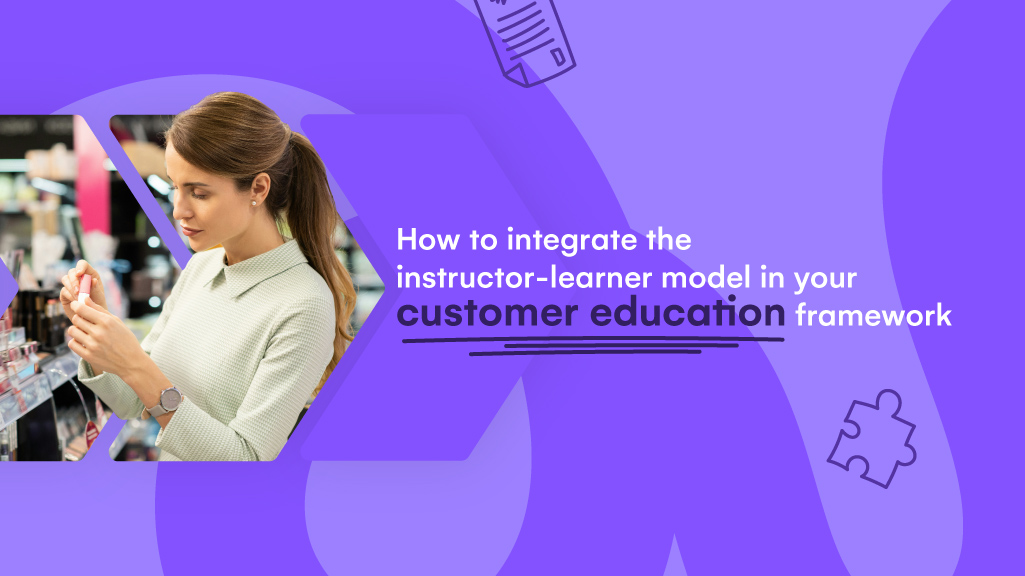
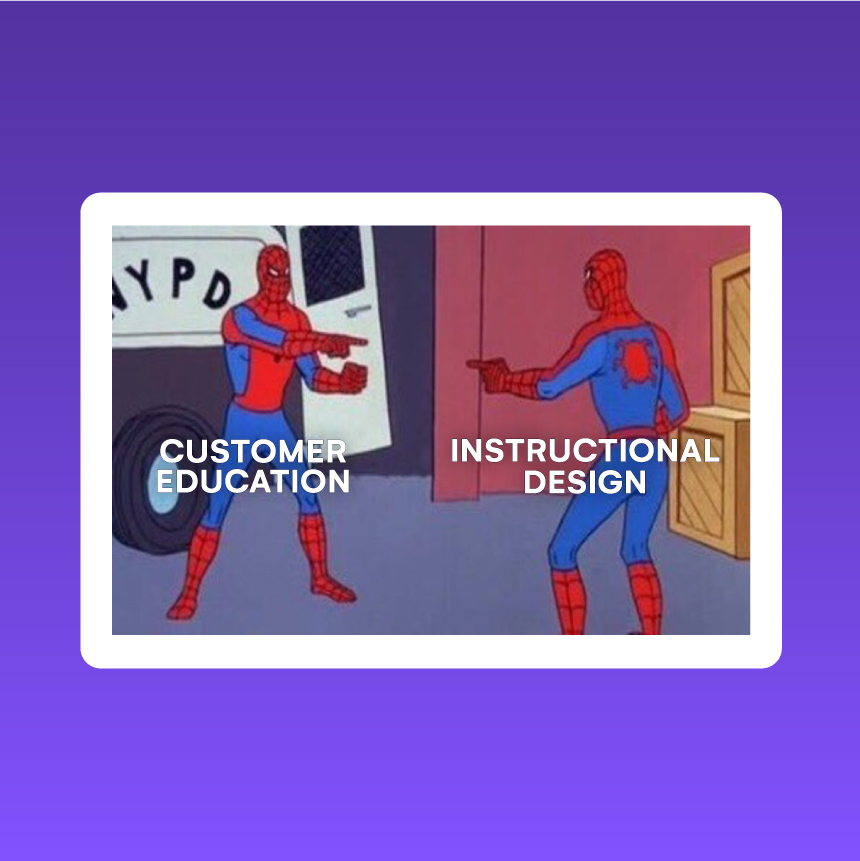

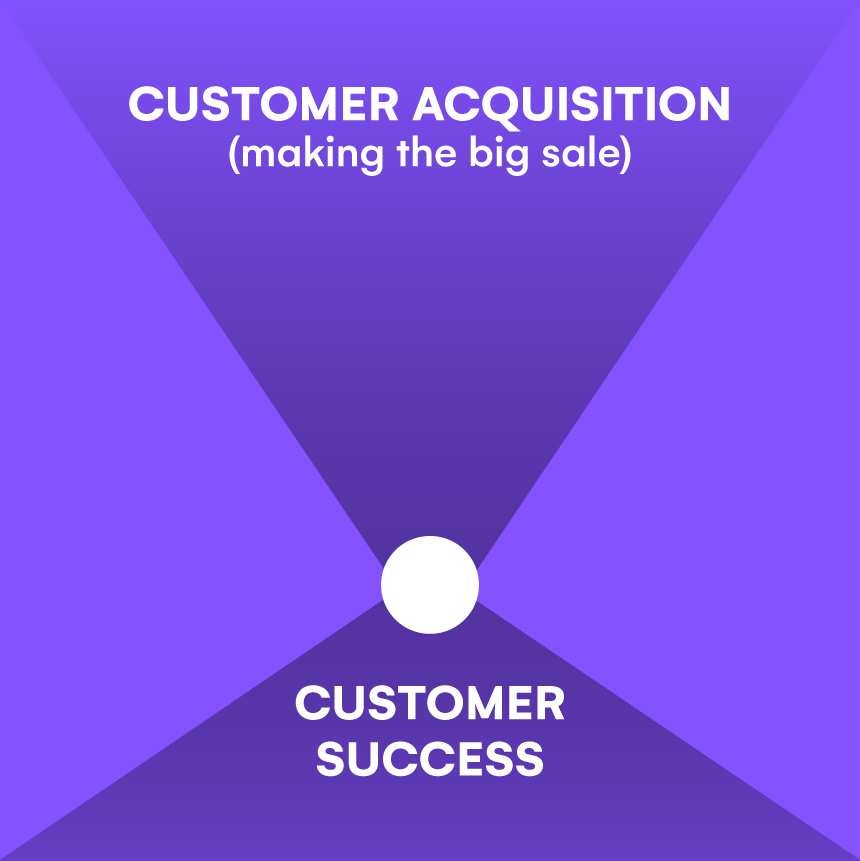

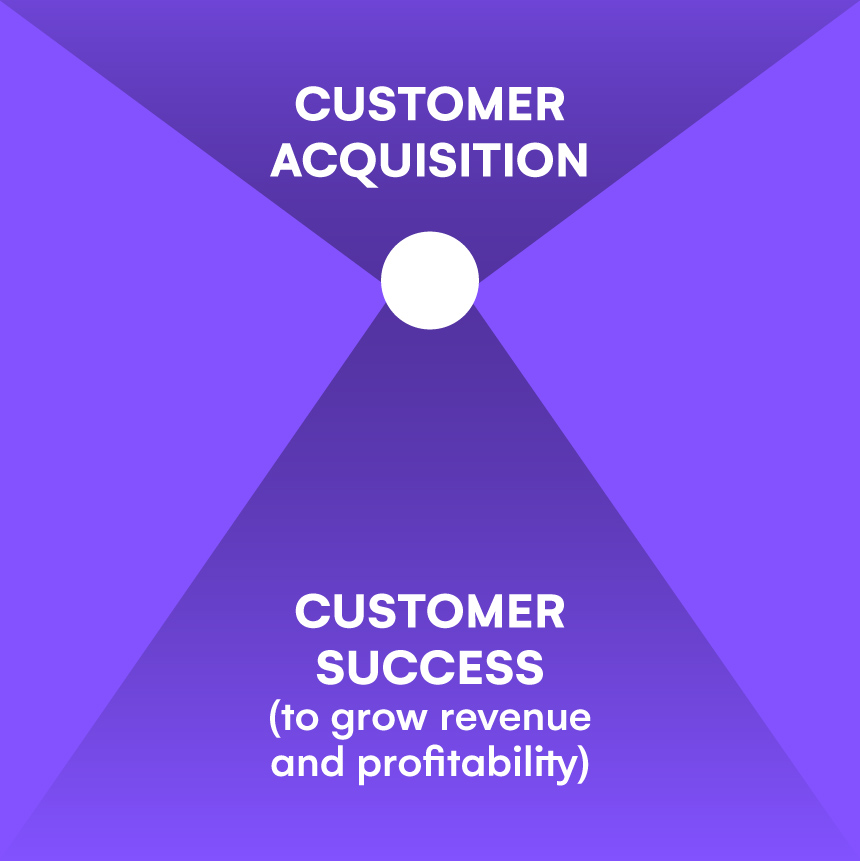


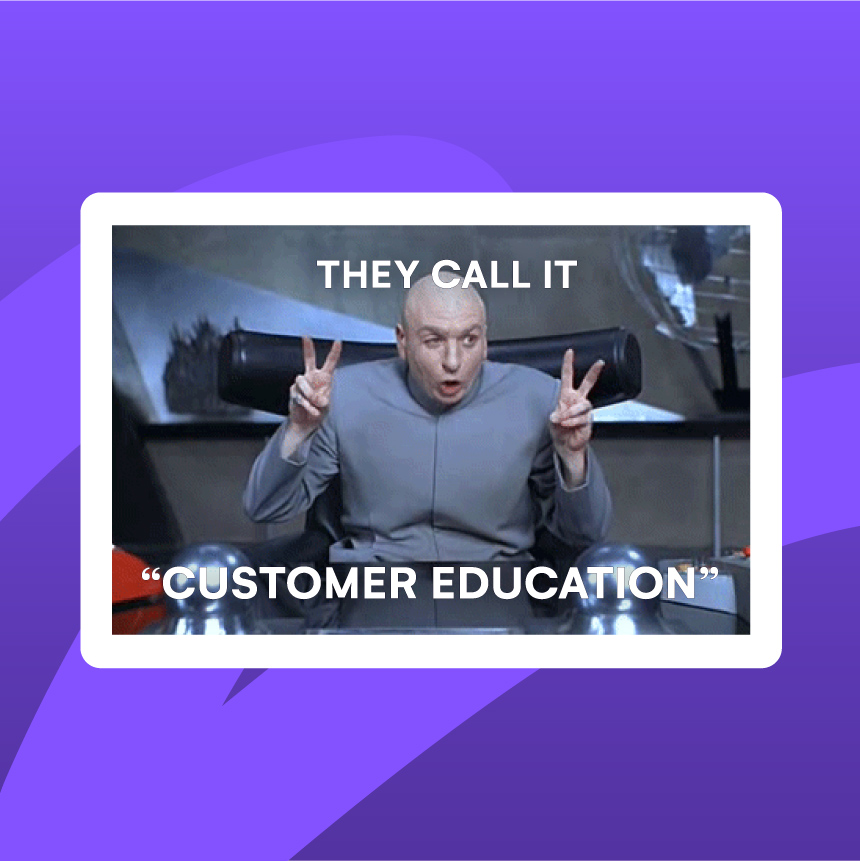
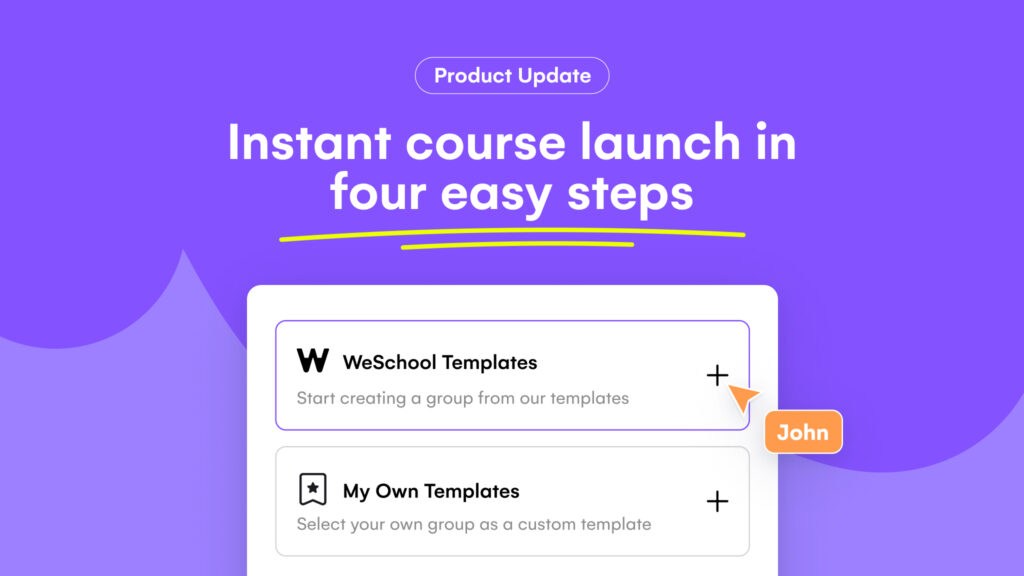

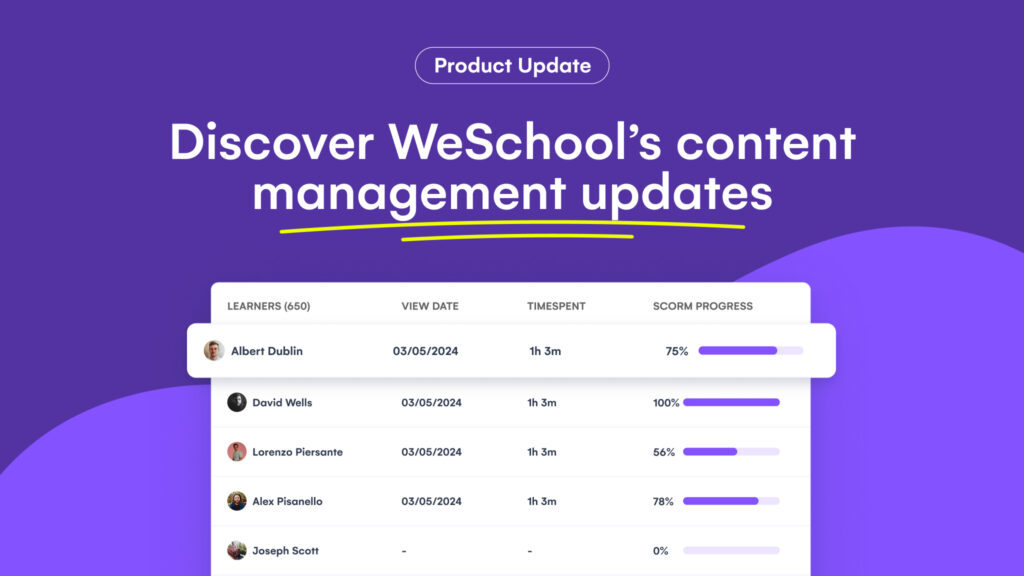
Reviews